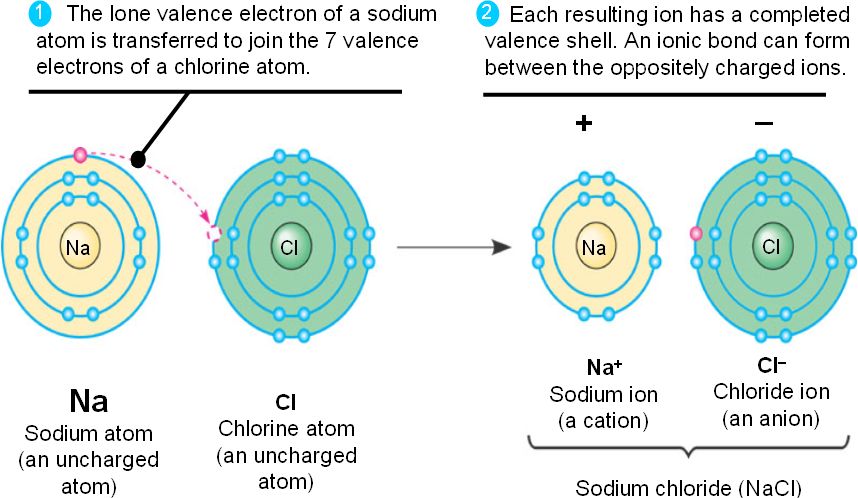
For example, hydrogen has one proton, one electron, and no neutrons, while carbon has six protons, six neutrons, and six electrons. The atoms of each element differ by their number of protons, neutrons, and electrons. The atoms of the elements consist of a nucleus containing positively charged protons and neutrally charged neutrons. Negatively charged electrons are arranged outside the nucleus. When the atoms in a molecule are different, the molecule is a compound (H 2O and C 6H 12O 6, but not O 2). The smallest quantity of an element that still possesses the characteristics of that element is an atom. Atoms chemically bond together to form molecules, and the composition of a molecule is given by its chemical formula (O 2, H 2O, C 6H 12O 6). Elements are represented by chemical symbols of one or two letters, such as C (carbon), Ca (calcium), H (hydrogen), O (oxygen), N (nitrogen), and P (phosphorus). Matter consists of elements that possess unique physical and chemical properties.

Matter is anything that takes up space and has mass.

Quiz: Chemical Reactions in Metabolic Processes.Chemical Reactions in Metabolic Processes.Quiz: Atoms, Molecules, Ions, and Bonds.


 0 kommentar(er)
0 kommentar(er)
